Unilever vs P&G – reacting to changing consumer needs
Unilever and Procter & Gamble are two of the biggest multinational consumer goods brands in the world and, together, they are responsible for the majority of products in your local supermarket. As of March 2018, Unilever is valued at $143.9 billion and P&G is valued at $228.1 billion. It is clear which is the bigger of the two companies and this disparity is reflected in a comparison of their patent portfolios.
$228.1 billion. It is clear which is the bigger of the two companies and this disparity is reflected in a comparison of their patent portfolios.
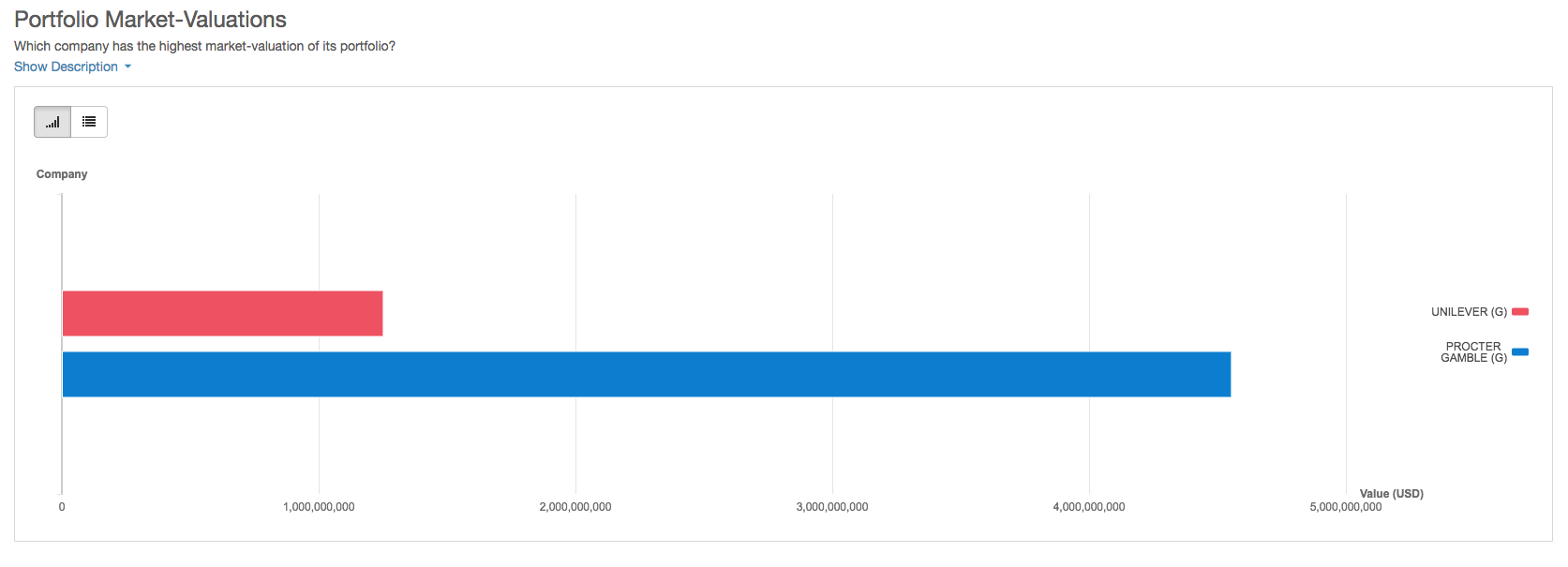
Comparison of the patent valuations for Unilever and P&G (Source: PatSnap)
So, what’s going on with these two titans once we dig beneath the surface?
One of the persistent trends in the consumer goods market is the need to produce environmentally-friendly products. Consumers are not only more aware of the impact that products have on the planet, but are also far less willing to compromise on their values. There are two ways in which Unilever is tackling this changing customer profile:
-
Changing its current products
To maintain its high sales volumes, Unilever has stopped testing on animals and added a corrosive warning sign to some products, for example. Having a corrosive warning sign may have previously been deemed too negative. Now, it’s perceived as a signal to consumers about the company’s commitment to ending product testing on animals.
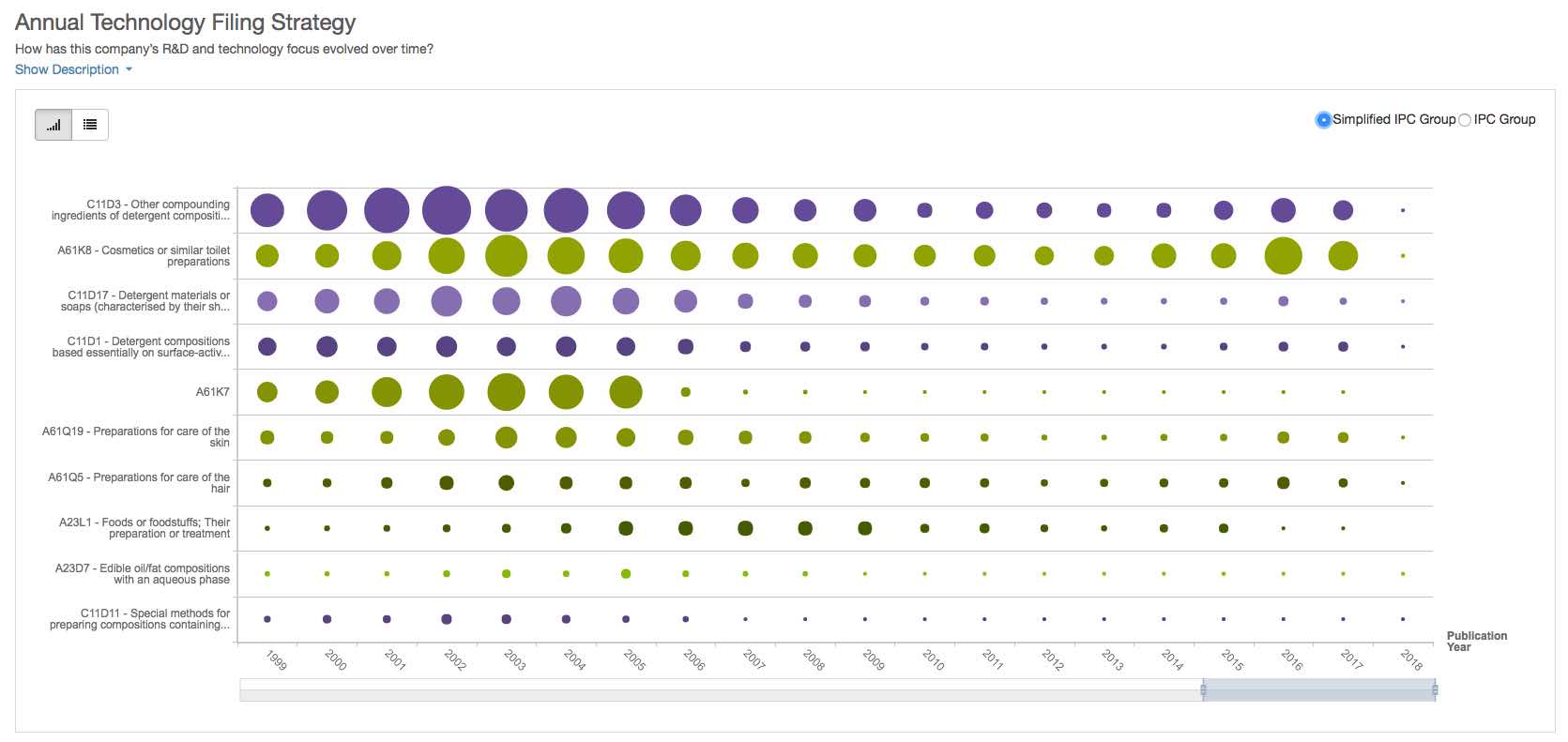
Unilever’s shift in technology focus revealed by patent data (Source: PatSnap)
-
Acquiring sustainable companies
By welcoming new brands, Unilever is expanding its portfolio to include more sustainable products without having to alter the formulation of existing product lines (which normally takes a large cut out of the R&D budget). For example, Unilever acquired a sustainable cleaning products company called Seventh Generation—we just hope it’s learned the IP dangers in M&A deals and the strategies.
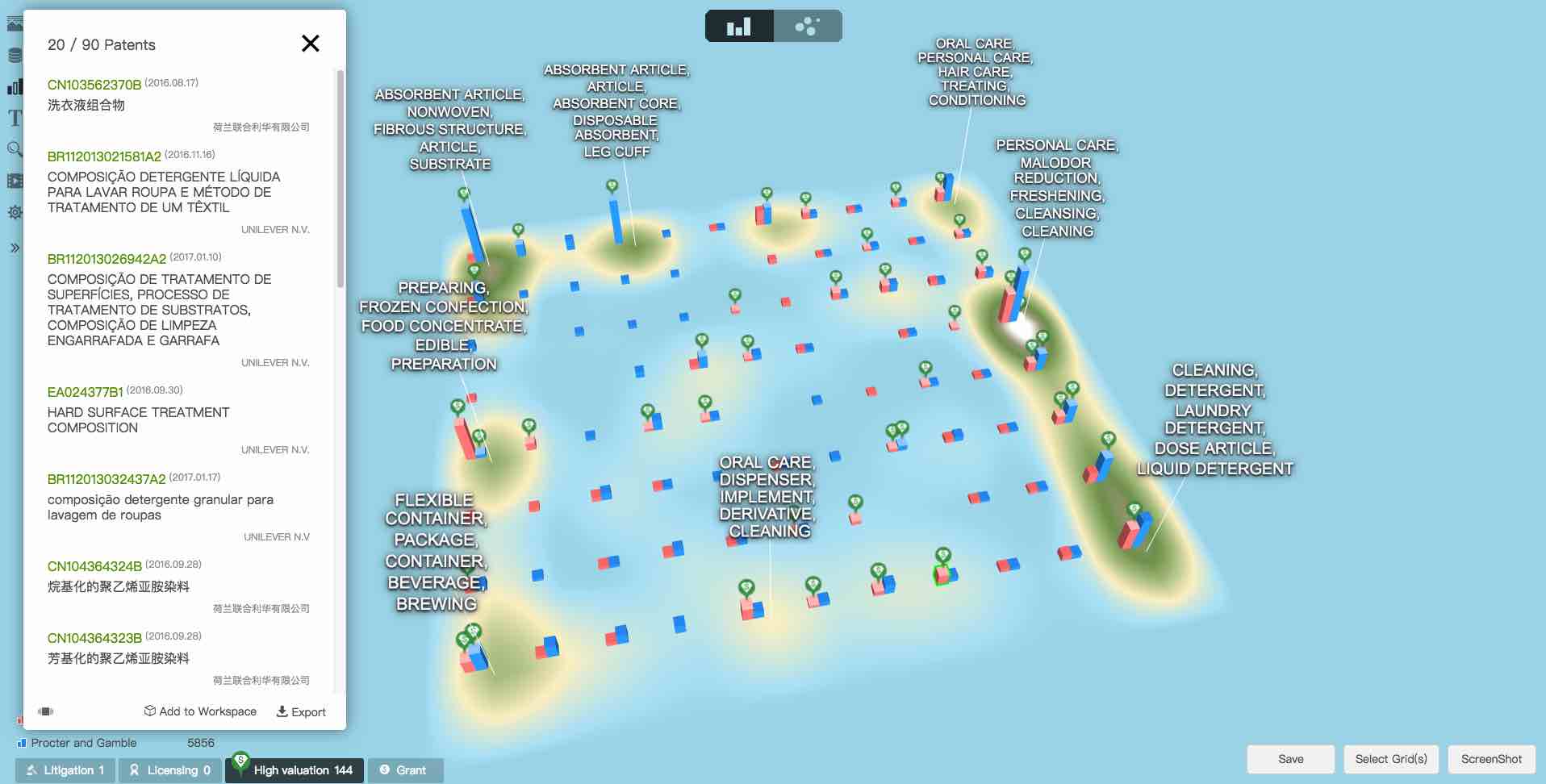
A patent landscape comparing the technology focus between Unilever and P&G (Source: PatSnap)
In 2009, Unilever launched “The Compass”, clearly indicating a “determination to build a sustainable business for the long term.” Then in 2010, Unilever launched “The Unilever Sustainable Living Plan”, which was dubbed the blueprint for The Compass.
Using PatSnap Insights, we were able to see the patent abandonment and renewal rates for Unilever and its number one competitor—P&G. The graph below suggests P&G is in defence mode and letting its patents expire, while Unilever is in growth mode and keeping hold of its patents.
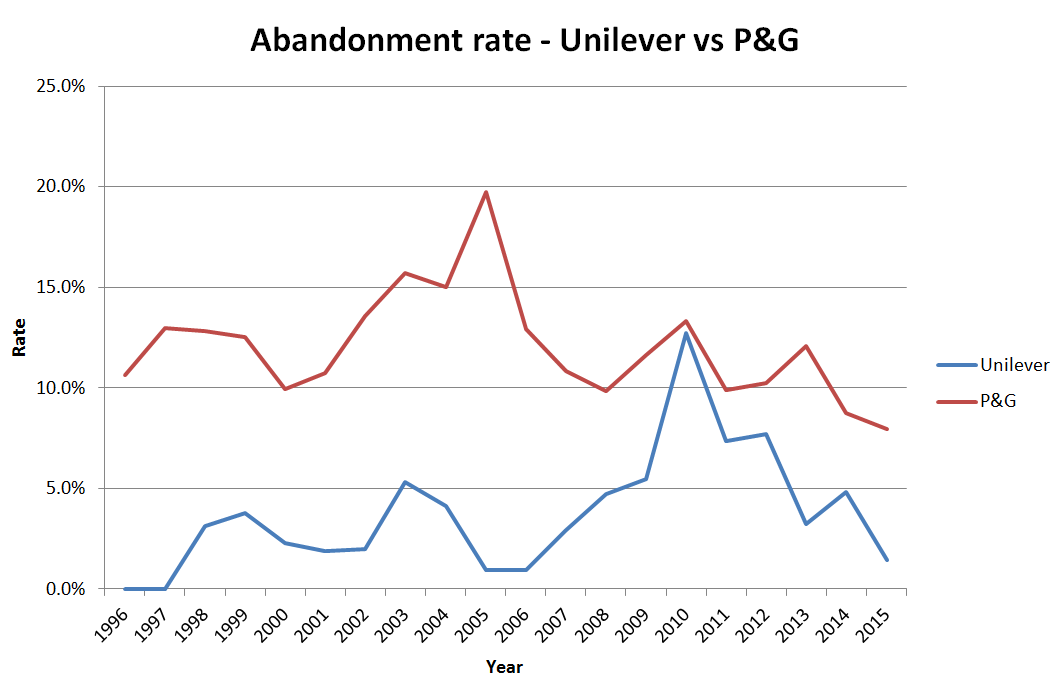
P&G has also been losing market share, within some product categories, to Unilever. For example, in just three years, Dollar Shave Club chipped away at Gillette’s dominance to grab 8% of the $3 billion U.S. market for razors and blades. The strategic purchase of Dollar Shave Club and similarly popular companies by Unilever means that it will inherit their market share. The question we had this time last year remains:
“What is P&G going to do next to improve its market share and sales?”
FREE eBook: Using patent data for market intelligence and investment research
In this paper, we explore four key areas in which intellectual property (IP) data can support rapid and comprehensive market research—for R&D, IP and commercial teams.
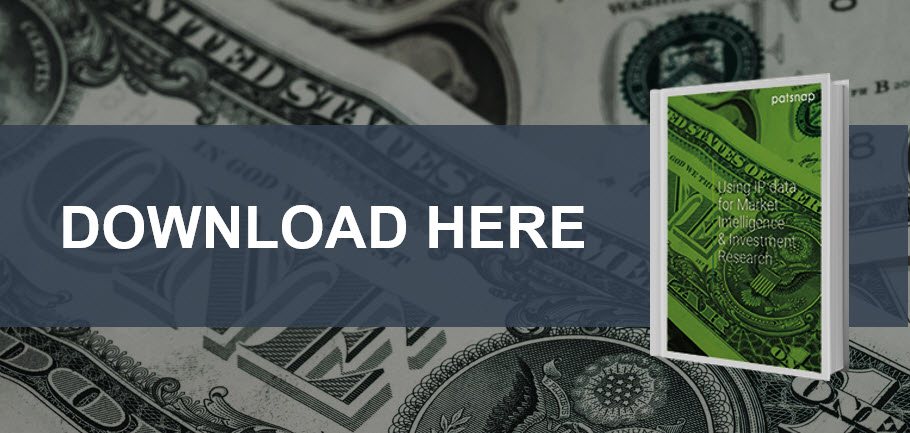
Download our free ebook: Using IP Data for Market Intelligence and Investment Research